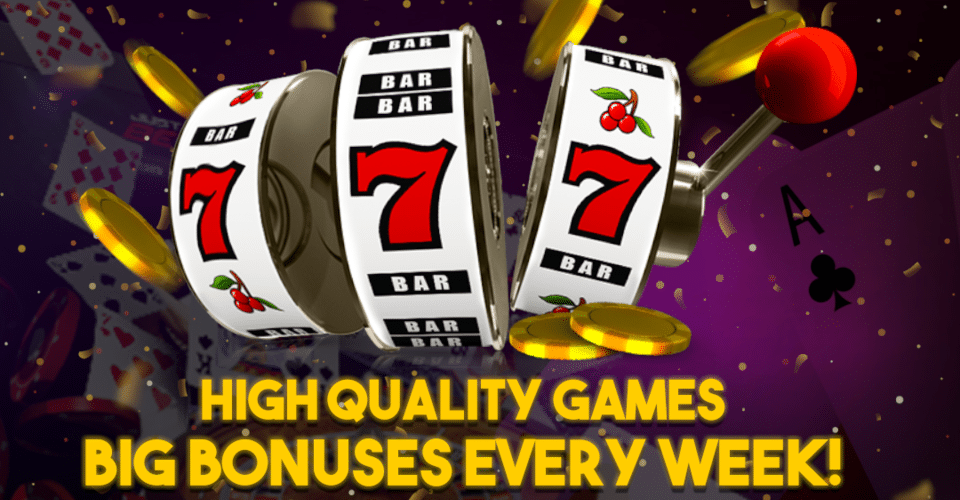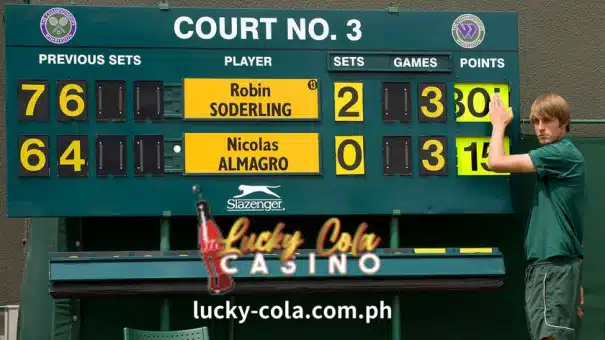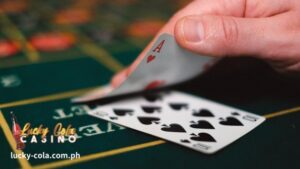Table of Contents
Delve deeper into the fascinating history of tennis scoring in this article. From its origins to modern rules, we explore the evolution of the sport. Discover the interesting stories behind terms like “love,” “draw,” and “advantage,” each with its own unique story. Gain a deeper understanding of the game’s rich heritage and its evolution over time.
On this exploration, we’ll travel back in time and trace the roots of tennis scoring back to medieval France. Here, the “Jeu de paume”, the predecessor of tennis, introduced the mysterious word “love” for the first time.
As the sport grew across continents, its scoring conventions continued to change. This invented “draw” and “advantage” in the 19th century, adding drama to every game. Join us on this exciting journey through the history of tennis scoring.
Jeu de Paume – the origin of tennis
“Jeu de paume” is an indoor racket sport considered one of the forefathers of modern tennis. The term “jeu de paume” translates to “palm play” in French.
It was initially played with the hand and later with a glove or wooden bat over the net. The sport eventually evolved into what we now know as tennis.
The scoring method of “Jeu de paume” is different from that of modern tennis. In “jeu de paume”, the scoring system is similar to tennis‘ 15-point system, but there are some differences.
From 15 to 40 points, the scoring system is the same as in tennis. However, after 40 points comes 45 or 60 points. Then, the server only needs one more point to win the game.
This point is called “45”, while in other variations of the game it is “60”. Earning one more point after reaching 45 or 60 points will secure the game for the server.
Apart from that, if you are interested in betting, please note that the best tennis betting sites in the Philippines are the best platforms for betting on most tennis events. As you can see so far, “jeu de paume” has similarities to modern tennis.
The History of Tennis Scoring Terminology: Love, Deuce, and Advantage
As we continue to explore the fascinating history of tennis scoring, it’s clear that the sport brings unique terminology to the table. Terms like “love,” “tie” and “advantage” are an integral part of the game and have historical significance beyond the numbers on the scoreboard.
The word “love” in tennis scoring is both strange and fascinating. It is equivalent to Zero Point, and while its origin is not clearly documented, there are several compelling theories.
One theory is that “love” may have evolved from the French word “l’oeuf,” which means egg. The egg’s round shape resembles a zero, and the pronunciation may have changed over time.
Another theory links “love” to the Dutch word “lof,” which means “honor.” In the early days of tennis, players often referred to a scoreless match as being about honor rather than points, which may have evolved into “love.”
Regardless of its exact origins, “Love” has become a unique part of tennis scoring history. This evokes ideas of starting the game clean, not scoring, as well as sportsmanship and camaraderie.
Then, in tennis scoring history, “deuce” means a 40-40 draw (or 60-60 in some older versions). The word itself has French roots, derived from “à deux le jeu,” which translates to “both sides are a game.”
When the score reaches a tie, it means both sides have the same odds of winning and must score two consecutive points to win. Scores in tennis history show that there is an element of tension that comes with a tie.
It emphasizes the need to have a clear winner and prolong the excitement of the game. The deuce’s back-and-forth battle was a testament to the competitive spirit of tennis and the challenge of achieving that crucial advantage.
In tennis scoring history, an “advantage” occurs after a draw when one player wins the next point. This meant there was a potential chance of winning, but one more point would be needed to seal the game.
The word “advantage” encapsulates the fact that a player has a favorable position, but victory is not yet guaranteed. Therefore, fate changes rapidly and the balance between victory and defeat is also delicate.
Advantage has been at the heart of some of the greatest comebacks in tennis history. The contestants who seemed on the verge of defeat fought back with determination and skill, turned the tide and emerged victorious.
The unique scoring terminology of tennis “love, draw, advantage” is deeply rooted in the history of tennis scoring system. They have been a part of the sport for centuries, adding depth and character to the sport.
Taken together, these terms remind us that tennis is not just a game of physical skills, but also a mental and emotional contest where every point counts. They tell a story about competition, honor and the pursuit of victory.
History of Tennis Scoring System – Origins
The roots of tennis scoring can be traced back to the heart of medieval France. In order to understand the earliest forms of tennis scoring and its place in the history of tennis scoring systems, we must take a journey over time.
As we said before, the story begins with the emergence of the “jeu de paume” in medieval France in the 12th century. Courts were usually held in the courtyards of French monasteries and palaces, where it became popular among the nobility.
The scoring system for “jeu de paume” was rudimentary compared to today’s standards. Players strive to score points by hitting the ball over the net into the opponent’s designated area.
However, the scoring methods are significantly different. “Jeu de paume” uses a system called “chase”. In this early version of tennis, the concept of “love” (meaning “zero”) had not yet entered the scoring lexicon.
Points are calculated using “15”, showing that 15 points are needed to win a game. This system was undoubtedly simpler than the one we use today. Interestingly, the word “chasing” refers to the act of trying to reach a certain score.
For example, when a player needs to score two points to win, they will announce “15-1 Chase.” If the opponent scores another point, it becomes “15-2 chase”, and so on.
The scoring progression is less structured than in contemporary tennis, with games often played out as a predetermined number of chases rather than matches or matches. This was an era when tennis scoring was more streamlined and the focus was on hitting the required number of chases.
Over the centuries, the “Jeu de paume” has evolved, and so has its scoring system. This would influence subsequent tennis scoring history. By the 16th century, rackets replaced bare hands and tennis courts took on a more familiar layout.
The Differences between the Two Scoring Systems
We have taken the time to summarise the relevant information covered so far about the differences between “jeu de paume” and tennis scoring. Have a look at the list below:
“Jeu de Paume” Scoring
- Chasing system based on reaching a specific number of points.
- Points were typically counted as “15,” “30”, etc.
- Did not have a structured deuce and advantage system.
- Players aimed to reach a predetermined number of chases to win a game.
- Early forms of the game involved striking the ball with hands, gloves, or wooden paddles.
- Court layout and dimensions were different from modern tennis.
Modern Tennis Scoring
- 15-30-40-game scoring system.
- Introduction of “love” (meaning zero) as a scoring term.
- Deuce and advantage system in place when the score reaches 40-40.
- Players must win two consecutive points at deuce to win a game.
- Aiming to reach a score of 40 and then winning the next point to secure a game.
- Specialised tennis racquets used in modern tennis.
- Modern tennis courts have standardised dimensions and layout.
Apparently, this scoring system applies to all in-play and standard tennis bets not only on top betting sites in the Philippines, but everywhere in the world. Furthermore, these platforms are the best place to bet not only on tennis but also on many other popular sports around the world.
Modern Tennis Scoring
After a thorough overview of the history of tennis scoring, it is now time to focus on modern tennis scoring. In the table below you will find the most relevant information and other interesting details about modern tennis scoring:
| Features | Modern Tennis Scoring |
|---|---|
| 🥎 Scoring System | 15-30-40 scoring system. |
| 📖 Terminology | “Love” (meaning zero), “deuce” (meaning 40-40), and “advantage” (if one player scores after 40-40). |
| 🏆 Winning a Game | Aiming to reach a score of 40 and then winning the next point to secure a game. |
| 🎾 Equipment | Specialised tennis racquets, shoes, and clothes. |
| ✨ Court Dimensions/Layout | Standardised court dimensions and layout in modern tennis. A tennis court measures 78 feet (23.77 meters) in length. Singles courts have a width of 27 feet (8.23 meters), while doubles courts are 36 feet (10.97 meters) wide. The service line on the court is situated 21 feet (6.4 meters) away from the net. |
As we conclude this exploration of modern tennis scoring, we have unveiled the intricacies that define the game’s scoring system. Plus, we have not only learnt about the origin of the unique 15-30-40 structure but also about the introduction of “love”, and the deuce-advantage concept.
This scoring system has endured and evolved over the years, showcasing the sport’s adaptability and appeal. Whether you are an avid player or a dedicated spectator, understanding these aspects adds depth to the appreciation of tennis.
Conclusion
In concluding our journey through the captivating history of tennis scoring, we have uncovered a rich tapestry of traditions, innovations, and tales. As you can see, we started this history trip from the humble beginnings of “jeu de paume” in medieval France to the structured 15-30-40-game format.
The lexicon of tennis scoring, featuring terms like “love”, “deuce”, and “advantage”, tells a story of competition, strategy, and the pursuit of victory. It’s a story that spans centuries, continents, and countless matches, leaving a mark on the world of sports.
As we reflect on all this, we gain a deeper appreciation for the nuances and history that make tennis not just a game but an exciting and timeless sport. Your knowledge about the history of the scoring system in tennis is likely to be much richer by now.
Best Online Tennis Sports Betting Sites in the Philippines 2024

🏅Lucky Cola Casino
Lucky Cola casino online is the number 1 online casino platform in the Philippines. Login/register on luckycola now to start playing games!

🏅747LIVE Casino
Bet on your favorite sports, casino games, and eSports at 747LIVE . We offer the best odds, a wide variety of games, and great bonuses and promotions.

🏅KingGame Casino
KingGame | Ultimate Online Casino & Sabong Hub in the Philippines. KingGame welcomes you to an exhilarating world of gaming where the fun never ends!
FAQ
This blog post about the tennis scoring history is about to finish. Nonetheless, before this happens, we have included a few frequently asked questions that will help you solve any pending doubts you may have. Keep in mind that the answers will jump to the paragraph of your interest. See them below:
❓When was tennis invented, according to tennis scoring history?
Learning about the origins of worldwide sports is fascinating. In our tennis scoring history introduction, we mention that “jeu de paume”, invented in the medieval era, is the predecessor of tennis. It was initially played with the hand. Later, racquets were included, and the scoring system was slightly different.
❓ How did "jeu de paume" differ regarding modern tennis’s history of scoring?
The predecessor differed from modern tennis in scoring by using a chasing system with points like “15” and “30” but lacking the 15-30-40-game structure. “Jeu de paume” did not use the term “love” for zero, nor had a structured deuce and advantage system. Players aimed to reach a variable number of points to win.
❓When was the term "love" born in the history of tennis scoring?
The origin of the term “love” is somewhat uncertain, but it likely emerged in the late 18th century or early 19th century. In the history of tennis scoring terms, the word “love” is thought to have evolved from the French word “l’oeuf,” meaning egg, due to its resemblance to the number zero.


















